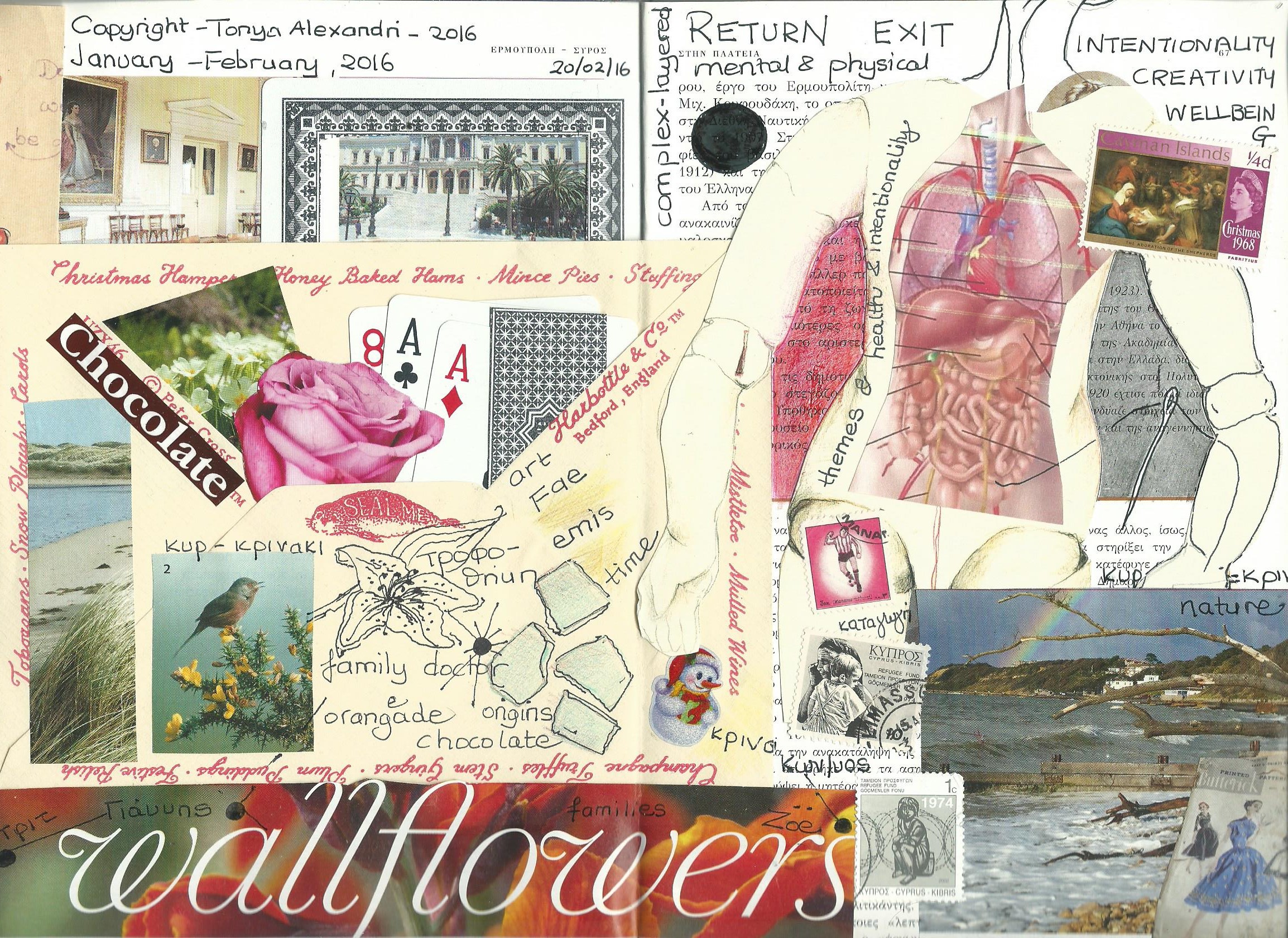 Mindfulness, gardening and early readings (Δεν υπάρχει διαθέσιμη μετάφραση ακόμη)
Mindfulness, gardening and early readings (Δεν υπάρχει διαθέσιμη μετάφραση ακόμη)
Involvement in mindfulness practice has been one of the gifts I have received from processing trauma, if one may say so, for this process is definitely not an easy ride, as all those who have embarked on such a journey, as well as, their loved ones or support people may well know. I had been interested in mindfulness practice for quite some time, but after making an unwise decision to do a Masters programme in Psychology, to a large extent, based on a disease model with overemphasis on human behaviour out of social context, instead of carrying on with my studies at the Open University, I also eventually and for various reasons stopped practising mindfulness. However, in 2014 while doing two online courses related to trauma and interpersonal neurobiology I came across Dan Siegel’s work, which proved to be a very important and useful experience. According to Dan Siegel (2007; 2014), mindful awareness can be considered as a way of being and is about how we pay attention on purpose, which can eventually happen “automatically” as a habit of being – not a consciously thought out plan of carrying out a way of focusing attention – to the unfolding of present moment experience. We can pay attention to memories of the past or plans for the future with a sense of alertness, attention to detail, with compassion. We can have a mindful state of being, and a mindful trait of being. A state is in the moment. A trait is a habitual and repeated way of being over time and over various situations. I have painstakingly, and through trial and error, found that for those processing trauma a mindful approach of exploring and focusing to detail greatly enhances, and even accelerates understanding. Practising mindfulness increases integration, which is about linkage and differentiation. Concerning the brain, mindfulness practices facilitate neuroplasticity and help integrate areas of the brain. In terms of dealing with and making sense of past experience it facilitates the linkage and differentiation of memories via the middle pre-frontal cortex, the hippocampus and other relevant areas of the brain. Also, as I have mentioned previously, trauma is reflected in our physiology and mindful body scan type ‘exercises’ can assist with symptom understanding and reduction.
Now, the reason for the title of this brief post is that recently we have been trying to tidy our unruly garden, full of overgrown, in dire need of pruning, trees. While doing the jobs I can do and leaving the more difficult tasks for my husband I decided to engage with the task in a mindful way, which meant staying in the moment and just focusing on the activity. However, when I started pulling some weeds out, intense and unpleasant emotions and physical sensations arose, out of context, so to speak. I realised I had three choices: to abandon the task and do something more pleasant, to brush the sensations and feelings aside and carry on or pause with curiosity and remain with the surfacing mental and physical experiences. I opted for the third. An unpleasant memory surfaced in my mind. Several years ago my husband’s father had died and had left us the family house in his village, which had been uninhabited for years, was in a state of ruin and not suitable for living in. We eventually decided to slowly restore it, putting in a lot of personal work and effort along the way. During one of our visits after major repair work had almost finished we arrived after a long and tiring journey to find the only tree in the small yard cut down by one of the neighbours. It was like a gaping wound. They hadn’t even chopped it down properly. It looked as if it had been ripped down. Although we decided against taking legal action, and have actually started speaking to the neighbour again, it was traumatic and triggered a lot of anger amongst other difficult feelings at the time and is still a reminder of personal space being violated. However, interestingly this was not the only experience that surfaced. A long ago memory from my early years stated taking form in my mind. Someone was telling me a story. It was from so long ago that I had forgotten all about it. It was actually a Hans Christian Andersen’s fairy tale about a mother who loses her child. So as I mention above, quoting Dan Siegel’s work, I decided to pay attention to these memories of the past with a sense of alertness, attention to detail, but also with acceptance, compassion and curiosity. I remembered the finer details not only of the story, but also the setting and even the red and blue hard cover book, which was still on one of my book shelves, and I finally understood how it was linked to the present. For those who have not read the story it contains plant and flower imagery. Each flower pot or tree in the garden represents someone’s life. In her anguish because she has lost her child the mother wants to uproot all the plants, but Death tells the mother that if she uproots the plants in the pot someone’s child will die. After accepting the material that had surfaced in my mind I carried on working feeling relieved and marvelling at the potential of our mind to both link and differentiate experiences across time and spatial contexts and to help us heal and understand. In the garden that afternoon I had not only made useful links and remembered something I had forgotten, but had allowed some type of closure to finally take place.
